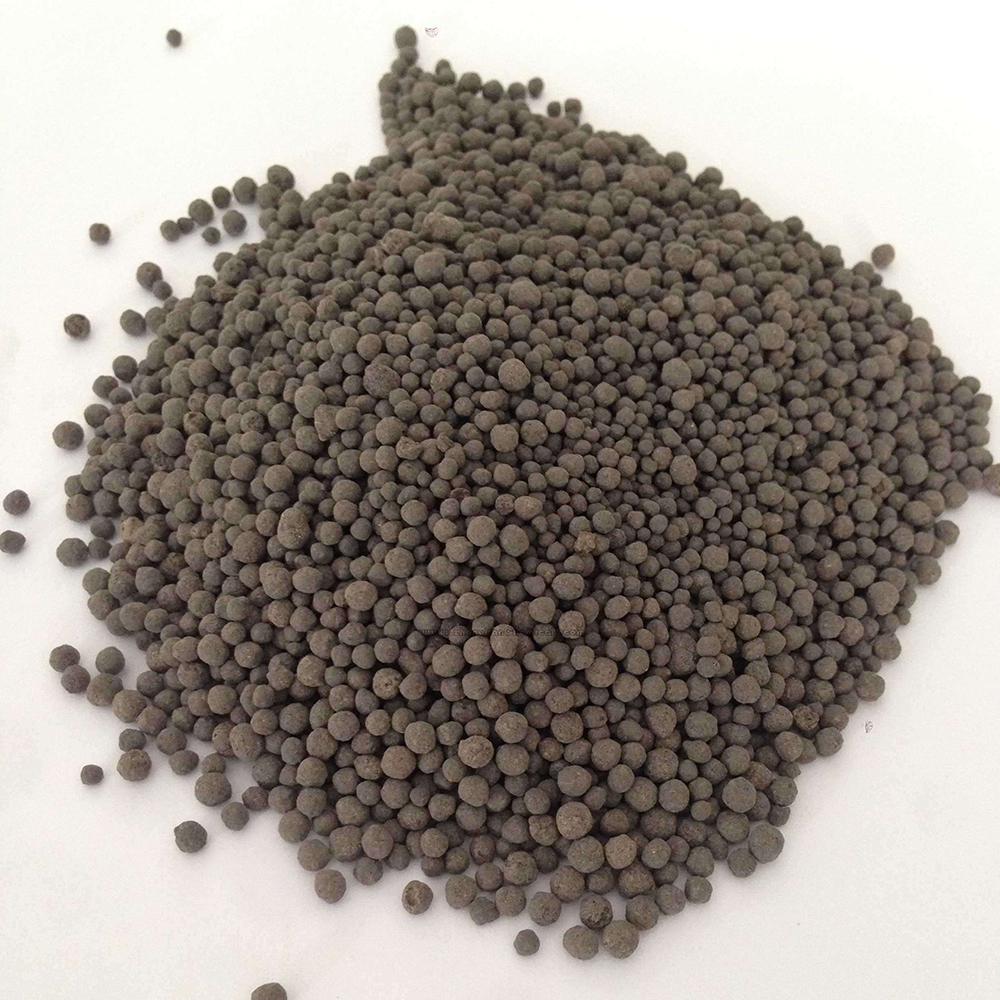



manufacturing process of sodium hydroxide
The Manufacturing Process of Sodium Hydroxide
Sodium hydroxide (NaOH), commonly known as caustic soda, is an essential chemical widely used in various industries, including chemical manufacturing, food processing, and water treatment. The production of sodium hydroxide involves several key processes, with two primary methods being the diaphragm cell process and the membrane cell process.
The diaphragm cell process is one of the oldest and most established methods for producing sodium hydroxide. In this process, saltwater, which contains sodium chloride (NaCl), is first purified to remove impurities. The purified brine is then subjected to electrolysis in a diaphragm cell, which consists of an anode and a cathode, separated by a porous diaphragm. When an electric current passes through the brine, chloride ions are oxidized at the anode, producing chlorine gas, while sodium ions migrate to the cathode, where they are reduced to form sodium hydroxide in the presence of water. The diaphragm prevents chlorine gas from mixing with sodium hydroxide, allowing for the collection of both products separately. The resulting sodium hydroxide solution is then concentrated through evaporation to obtain solid NaOH flakes or pellets.
manufacturing process of sodium hydroxide

The membrane cell process is a more modern and efficient method that has gained popularity in recent years. Similar to the diaphragm process, this method also uses electrolysis but employs a selective ion-exchange membrane to separate the anode and cathode compartments. The membrane allows only sodium ions to pass through while blocking other ions, such as chloride. This results in a more concentrated and higher-purity sodium hydroxide solution. The membrane cell process is recognized for its lower energy consumption and reduced environmental impact, making it a preferred choice for many manufacturers.
Regardless of the method used, safety precautions are crucial during the production of sodium hydroxide due to its caustic nature. Both chlorine and hydrogen gases produced during electrolysis are highly reactive and must be handled carefully. Additionally, the resulting sodium hydroxide solution poses risks, making personal protective equipment essential for workers involved in the process.
In conclusion, the manufacturing of sodium hydroxide is a vital industrial process that primarily utilizes the diaphragm and membrane cell methods. These processes not only ensure the consistent availability of this important chemical but also reflect advancements in industrial technology aimed at improving efficiency and minimizing environmental impact. As industries continue to evolve, innovations in the production of sodium hydroxide will likely play a significant role in meeting global chemical demands.
-
Why Sodium Persulfate Is Everywhere NowNewsJul.07,2025
-
Why Polyacrylamide Is in High DemandNewsJul.07,2025
-
Understanding Paint Chemicals and Their ApplicationsNewsJul.07,2025
-
Smart Use Of Mining ChemicalsNewsJul.07,2025
-
Practical Uses of Potassium MonopersulfateNewsJul.07,2025
-
Agrochemicals In Real FarmingNewsJul.07,2025
-
Sodium Chlorite Hot UsesNewsJul.01,2025










